How to go Historic Rallying | Navigator
Essentially, they are the office manager, they look after the paperwork on events, navigation, timekeeping and generally keeping the driver in tow. As you progress together through the sport it will become obvious just how important the navigator is in the team, they can win an event or throw it away with one error, the margin is that fine.

So what do you (driver) do to keep them happy and performing to the best of their capabilities?
Navigation is a tough skill to acquire and good navigators are in high demand, starting out from a novice can be a daunting task, the more they are nurtured, the more our sport will flourish.
01 | Look After Their Side of the Car
Incredibly important, make sure they have all trip meters and clocks within easy reach, they have plenty of space and storage for time cards, route instructions, clipboards and their stationery that allows them to compete well, pencils, pens, erasers etc.
If you plan on competing on night events, have they got power for their map magnifier (also known as a Poti) and suitable light to work with that doesn’t flood the car with light? Another touch to make their job much easier is a strip LED section that can illuminate the window area at time controls meaning the marshal can process you far more quickly and accurately.
A top crew can be in and out of a control in less than 15 seconds from reaching the timing/control line. It’s all down to practice and having the car set out well.
02 | Make Sure They're Comfortable
Footrests, a comfortable seat, access to ventilation and good harnesses are all things that help a navigator perform well, you are both going to be in the vehicle for a long time and installing seats that are pretty but aren’t comfortable is counterproductive.
03 | Talk to Each Other
There is nothing worse for a navigator to ask a question such as ‘Tell me when we come across such and such a landmark’ and the driver to either forget about it or just ignore it.
The navigator is trying to ensure that you both know what to expect on the road ahead and building good communication skills can dramatically improve your chances of getting a good result.
The navigator shouldn’t be calling every last bit of information from the road book or map to the driver, this can be disorienting for both sides of the car, but decide together what information is important and how it is delivered so that both members understand what is required.
What Does the Navigator Do at an Event?
01 | Pre-Event
Different people have different ideas on this, but as a rule of thumb, the navigator should be:
1) looking after the pre-event documentation and helping the driver get the car through scrutineering and signing on.
2) Collecting the road book and time cards and any other instructions supplied by the organisers.
3) Running through the road book to highlight any areas they think time controls will be at, this will come with experience or sitting with other navigators and watching them.
Never be afraid to ask the top crews for advice, they all started out at one point and will be more than happy to help you.
02 | At the Start
Now the nerves kick in, a driver should really have the car warmed up and ready well before your due time at the first control.
Different events have different formats, you may have the control sited inside a building or on the road just before the start, after your time has been filled in (Navigator, check and check again the time and that the marshal has put it in the right place, this is YOUR responsibility) you will be waved through the ceremonial start if there is one and be on your way.
03 | During the Event
On your first-ever rallies, don’t get too hung up about the timing, concentrate on the route and ensure that you are going the correct way.
The most important thing is that if something does go wrong, stop, retrace your steps and most importantly, try not to panic. Trust your trip meter implicitly, once it is set up correctly it is very accurate and if an instruction calls for you to turn at 0.97 miles (and you passed one at 0.95 miles) then turn at 0.97 miles!
Trip meters have various settings and switches that can allow you to get back on track relatively easily, but that comes later in your rallying career, for now, concentrate on getting the junctions and turns right.
The other thing you will have to do is describe the driving tests to your driver, there are so many different ways to do this, the best way is the one that makes the most sense to you both.
Be constant though, the best way forward here is on those very first few driving tests, go at a medium pace and complete the test the correct way, stopping at ‘stop-astrides’ if requested and not knocking any cones down.
All of the navigation types found below will be regularly encountered during events with map-based navigation, it is useful to be familiar with them all:
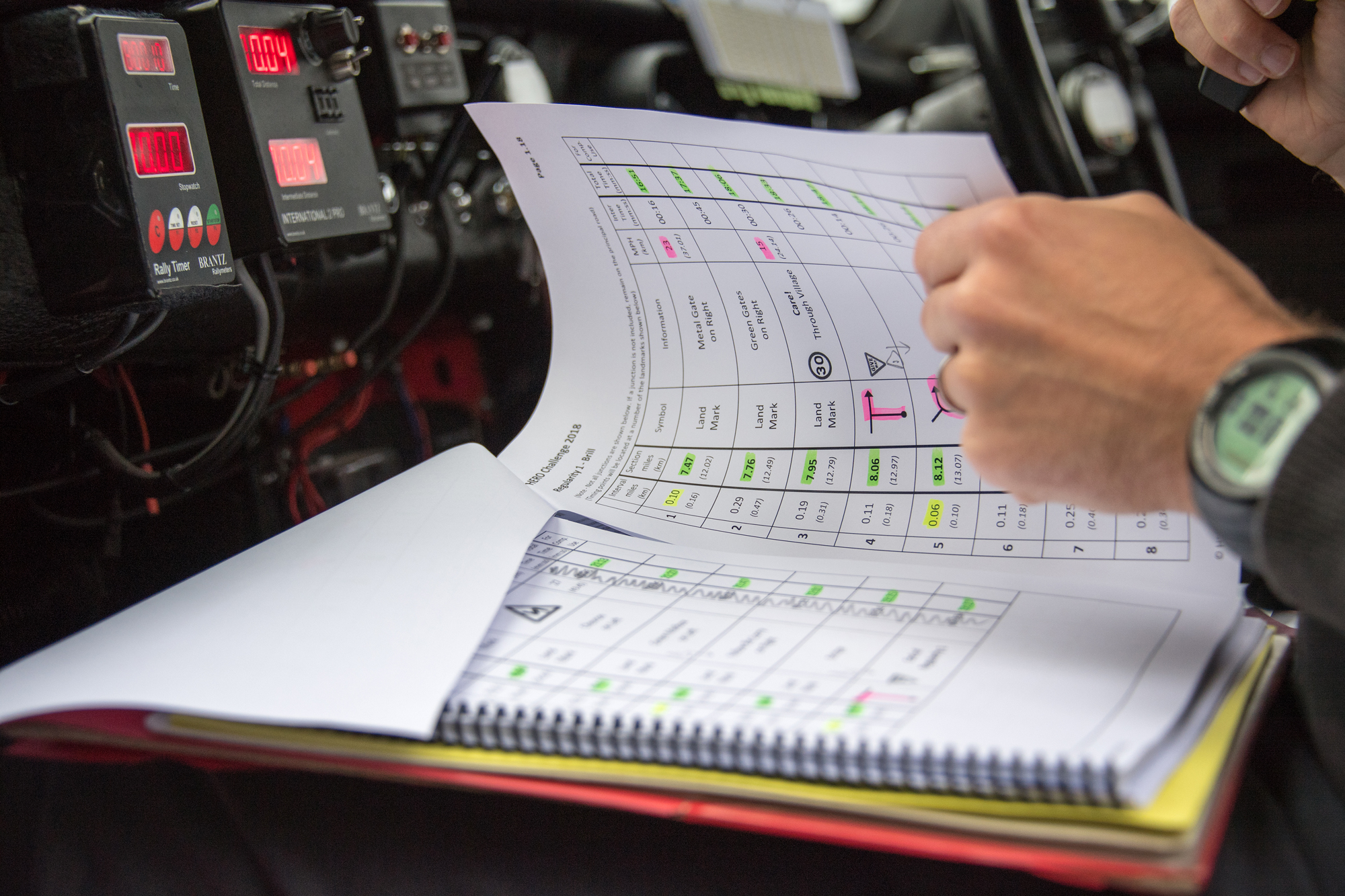
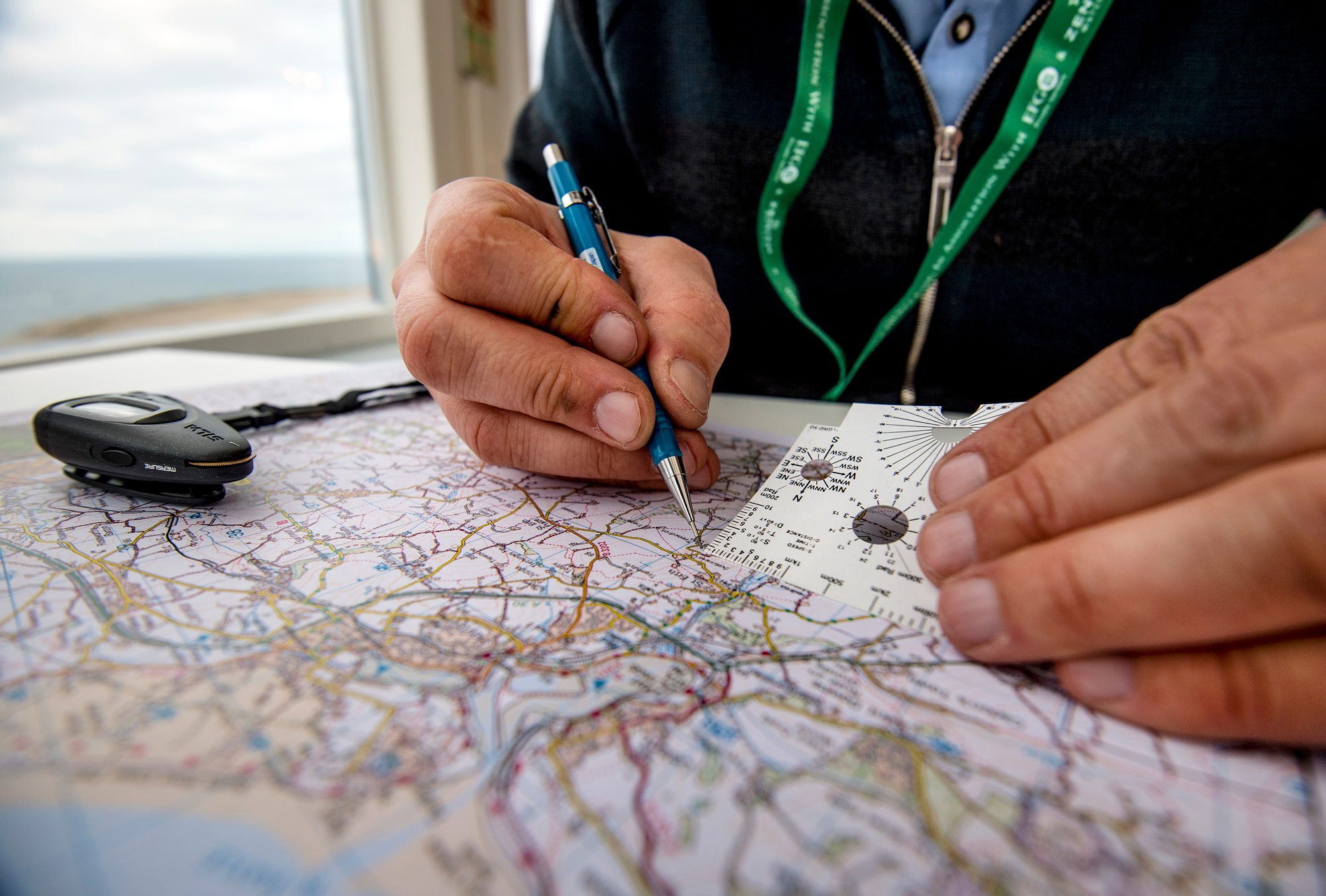
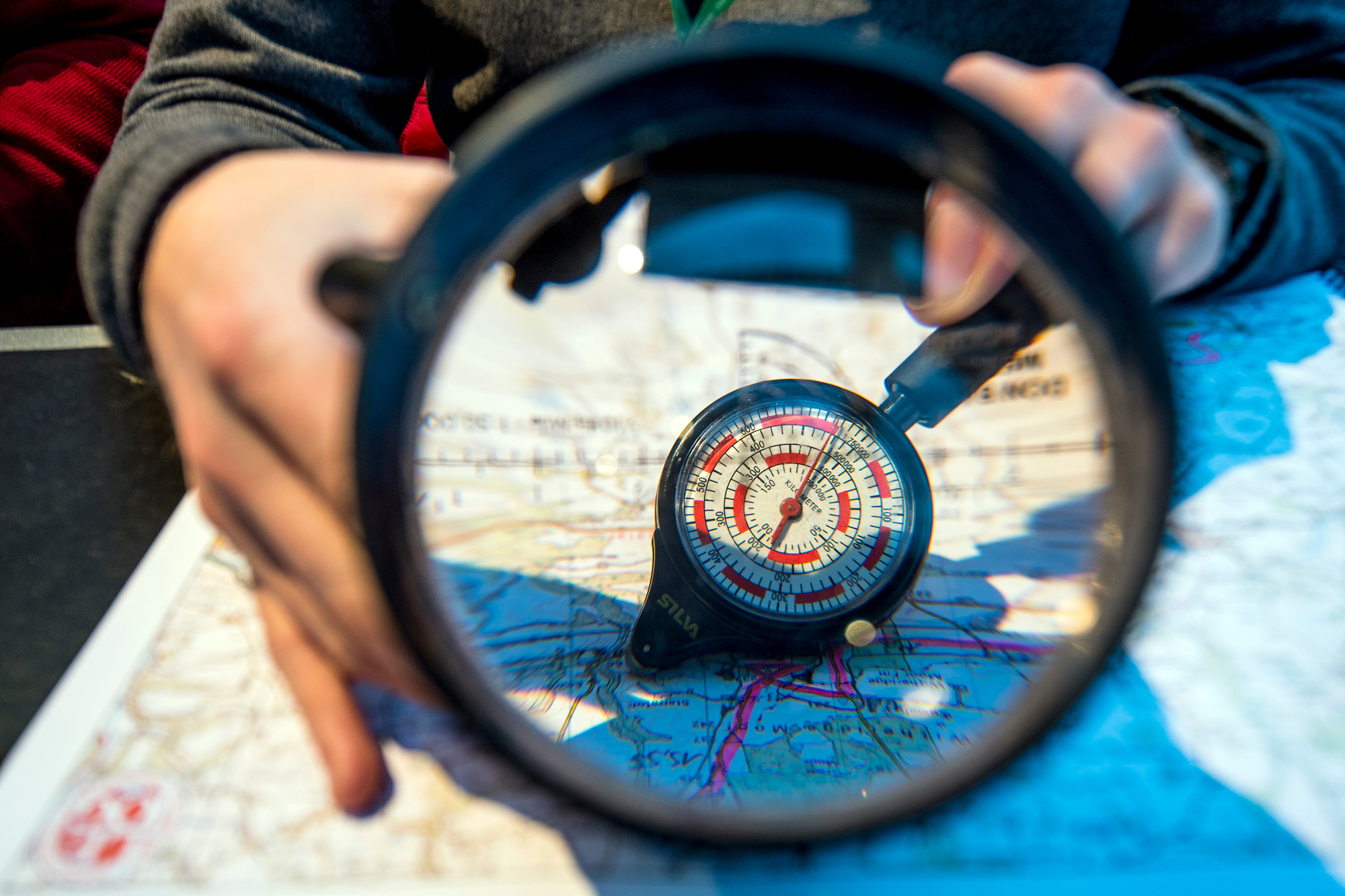
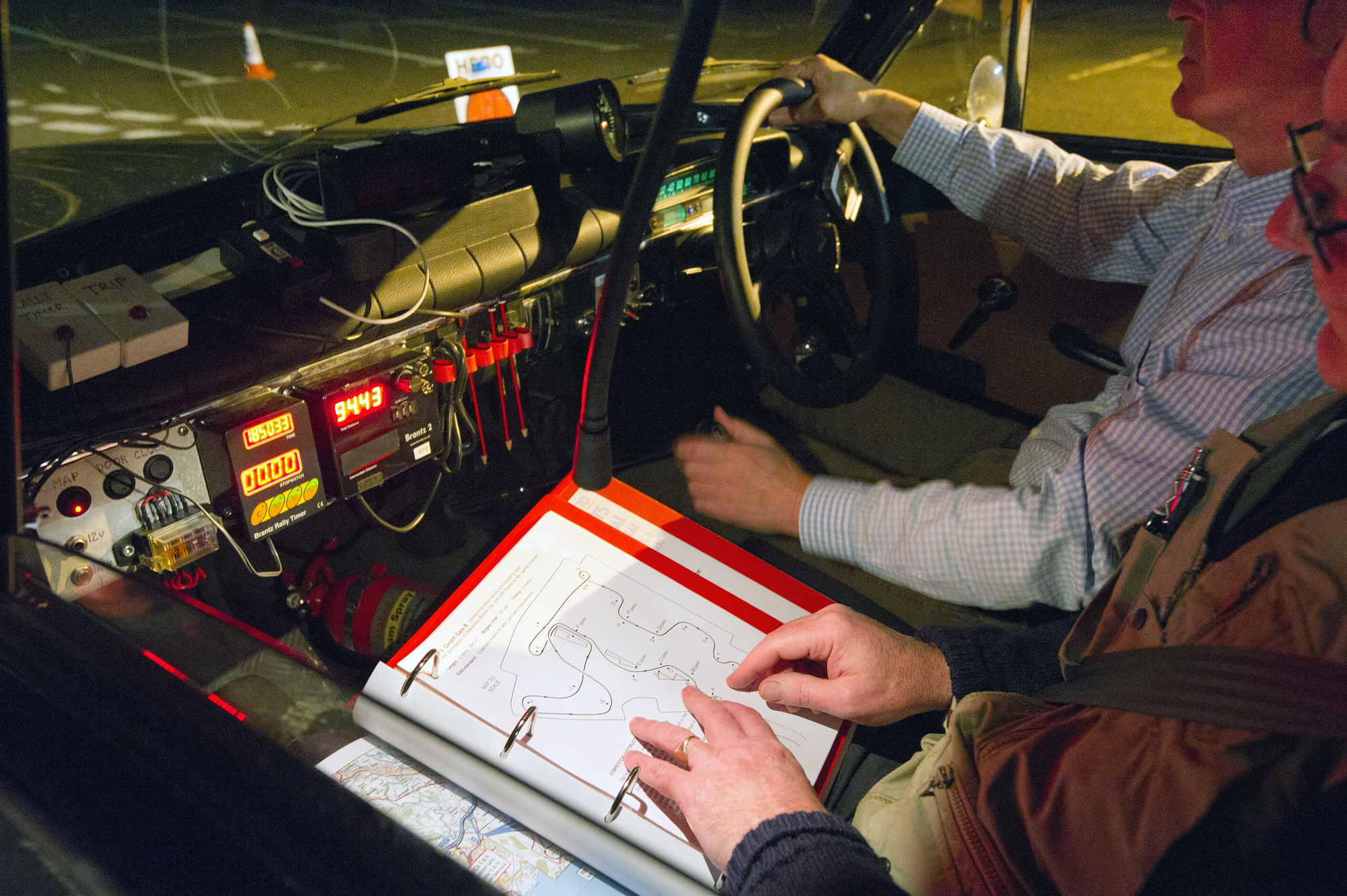
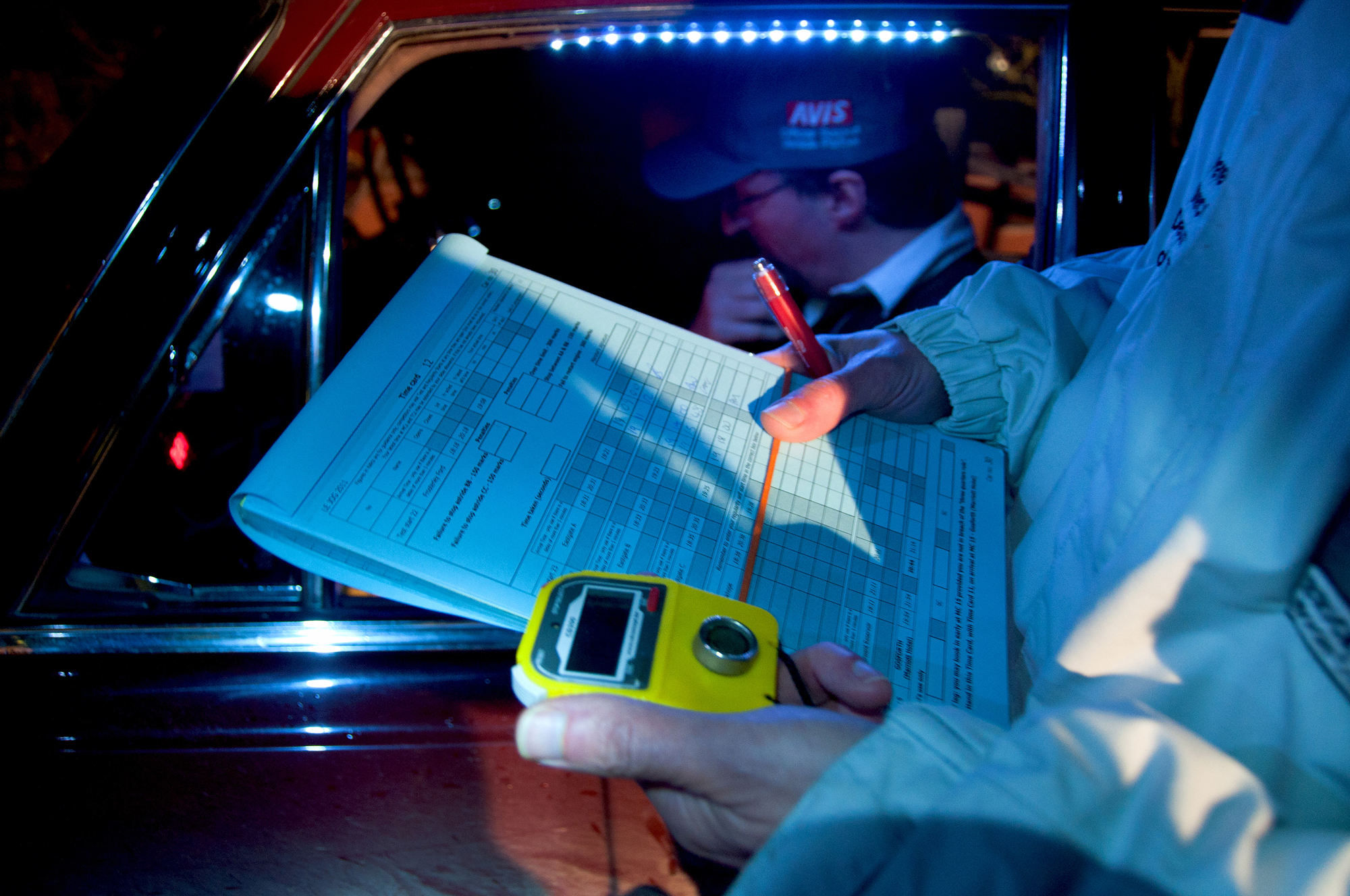



Traditional Plotting Instructions
To conclude a few final thoughts from us, there is no substitute for experience; get out on as many events as you can, we always learn something on a rally and I usually learn the most when I make a mistake, just make sure you learn from it!
Competing on a variety of events is always useful too, having a wide skill set is desirable and experience in the dark is a very valuable thing – everything becomes a bit more difficult for a navigator in darkness.
Get your driver involved to help share the workload, if you’ve got a lot of plotting to do focus on that and let your driver take the lead on the timing- although you might not get 0’s and 1’s this way, the important thing is going the right way. Timing is very much a secondary thing.
Don’t be afraid to ask other navigators questions if you’re unsure about anything, chances are if you’re struggling to understand something then others around you are too!
Trip Meter; GPS or Traditional?
The first point in this section is, YOU NEED A TRIP METER as well as a Navigator to compete. Trip Meters can seem complex and can be tricky to install correctly, there are two main types, GPS and sensor-driven. GPS units are great for infrequent competitors, they have improved recently but they cannot give the accuracy as yet that a trip with a sensor can, here’s why.
You’re driving along a road and your GPS trip meter is working well, you come to a section of road that has high-sided walls/rock faces and is covered in trees that overhang the road and suddenly your trip meter freezes, oh look there are two turnings to the right, which one do you take?
The other scenario is on a series of hairpin bends or not as map triangles, the GPS sometimes thinks it is backtracking on itself and gives a spurious reading throwing that part of the regularity out and leaving you to guess the rest.
Do any of the top crews trust GPS yet? No. But again it boils down to how competitive you want to be.
Sensors can be driven by several means, wheel, speedo cable and prop shaft/drive shaft to name a few, if you want accuracy, this is the way forward, trip meters are easy to calibrate on the whole and range from the relatively inexpensive and easy to use to all singing and dancing models that can almost make you a cup of tea as you go along!